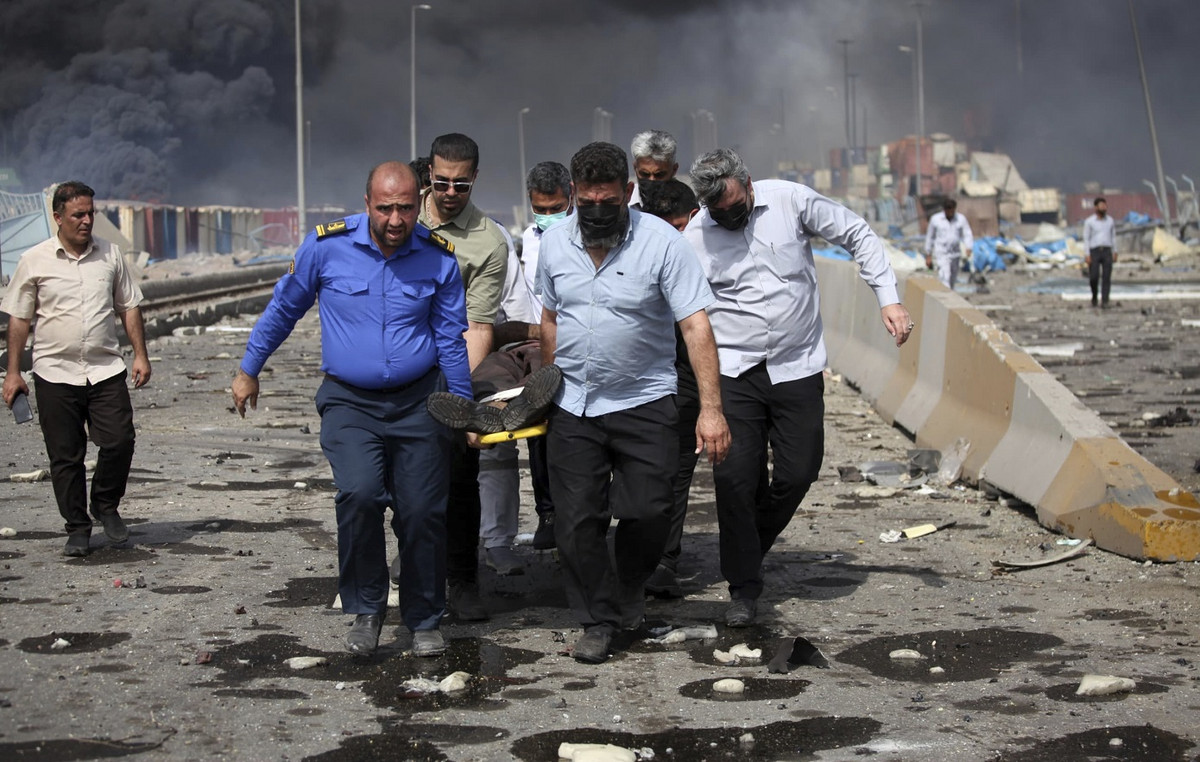A survey carried out by the city of São Paulo in May and released on Saturday (30) revealed that 3,759 children and adolescents between 0 and 17 years old are homeless in the capital of São Paulo. Blacks and browns represent 69% of this group.
Compared to the last census of its kind, carried out in 2007, the number of minors in this vulnerable situation has doubled. Previously, it was 1,842.
According to the 2022 survey, approximately 60% of them are male, 38% are female and 2.1% did not know or did not want to inform.
The age group from 12 to 17 years old is the one with the highest number, with 1,585 (42%); then that of those up to six years old: 1,151 children (30.6%); and 1,017 (27.1%) were between seven and 11 years old. Six of them (0.2%) did not want to inform their age.
The regions with the highest number of children and adolescents in this situation of social vulnerability are República, Sé and Santa Cecília. Those that had the biggest increase compared to the 2007 survey were Cidade Líder, São Mateus and Aricanduva.
In addition, 28 new districts in the city have registered children and adolescents on the streets.
Those who declared themselves white correspond to 21.6% of the total (811); indigenous, 0.9% (34); yellows, 0.5% (20). One minor declared himself moreno, and 166 did not know or did not want to declare.
According to the city hall, 73% of children and adolescents use the streets as a means of survival, even for a brief period of the day. Also, 10.7% spend the night on the streets and 16% are sheltered in Institutional Shelter Services for Children and Adolescents (Saica) and in Special Shelter Centers for Families.
Ariel de Castro Alves, president of the Commission for Adoption and Family Coexistence of Children and Adolescents of the OAB-SP, says that the increase in the number of children and adolescents living on the streets is a “social tragedy”, the result of “educational and family exclusion”. , domestic violence, family negligence and public power”.
Alves assessed that the pandemic worsened the economic and social crisis, increasing hunger and misery, and contributing to the increase in the number of homeless people.
“To face this scenario, it is necessary to restructure and requalify institutional reception services, with initial reception centers, transit houses, creation of reference centers for children and adolescents for multidisciplinary care”, he points out.
The lawyer also emphasizes the importance of specialized services for dealing with minors, such as therapeutic residences for drug and alcohol dependent children and the inclusion of families in social programs for income generation, support and guidance.
The Census cost the city of São Paulo R$ 1.8 million. One of the novelties in relation to the last survey was the use of informants: people such as newsstand owners, school and bakery employees, and police officers, who were heard in the preparation.
They helped to point out places where there was a constant presence of street children and adolescents.
City Hall actions
According to the municipal administration, the city of São Paulo has almost 500 advisors distributed among 27 teams of the Specialized Social Approach Service (Seas) for adults and children. They offer 2,090 childcare spaces daily.
The Municipal Secretariat for Social Assistance and Development (SMADS) reported that, in the Basic Social Protection network, vacancies are offered in 468 units of the Center for Children and Adolescents (CCA), 20 Intergenerational Coexistence Centers (CCInter), 63 Social Development Centers and Productive (Cedesp), five Social Circuses, 39 Youth Centers (CJ), 68 Family Social Assistance Services (SASF) and a School Restaurant for children and adolescents who live on the streets or in social vulnerability in the capital.
In the field of medium and high complexity, the City Hall has 134 Institutional Shelter Services for Children and Adolescents (Saica), six Casas Lar, 12 Inclusive Residences, 54 Services of Socio-educational Measures in Open Environments, 37 Support Centers for People with Disabilities , five Welcoming Families and 28 Services for the Protection of Children and Adolescents Victims of Violence (SPVV).
There are also “Specialized Seas” in the central region. They are expected to be launched in other regions, such as Tatuapé, Pinheiros, Santana, Lapa, Jabaquara, Santo Amaro and Vila Mariana in the coming months.
“In addition, to expand the service in Basic Protection, 10 new CCAs will be added by December, which will expand the offer by another 1,200 vacancies. The first will be inaugurated in August in Penha, east side, with capacity for 120 children and teenagers”, emphasizes the note.
Source: CNN Brasil







